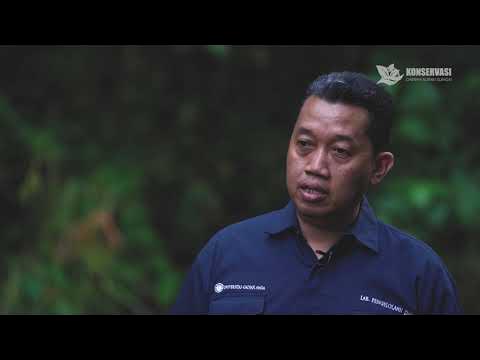Pengelolaan Manajemen Sungai
Summary
TLDRThe video discusses integrated water resource management, emphasizing the need for a coordinated approach to river management and sustainable water use. It highlights five key pillars: conservation, utilization, flood control, community participation, and information systems. Through case studies, such as river restoration projects in Seoul and local initiatives in Indonesia, the video illustrates effective strategies for restoring natural river functions while addressing ecological and social needs. It underscores the importance of participatory planning to ensure sustainable water resources in the face of growing global demands.
Takeaways
- 🌊 Integrated river basin management is essential for effective water resource management, emphasizing a single planning and management approach.
- 🌱 The five pillars of water resource management include conservation, utilization, flood control, community participation, and information systems.
- 🔍 Coordination teams are crucial for addressing local issues and developing tailored solutions for specific river basins.
- 📽️ River restoration aims to return degraded rivers to their natural state, integrating ecological, hydrological, and social aspects.
- 🏞️ Successful restoration projects, such as those in Seoul, demonstrate the benefits of naturalizing rivers, including flood control and habitat preservation.
- 💧 Effective river management can optimize water use while maintaining ecological balance and benefiting local communities.
- 🔄 Methods for river restoration include enhancing retention areas, supporting natural river dynamics, and re-establishing meanders.
- 🚧 Infrastructure projects, like the Kamijoro weir, are designed to manage sedimentation and enhance irrigation efficiency in agricultural areas.
- 🌍 Global water resource challenges, including population growth and over-exploitation, necessitate sustainable management practices.
- 👥 Participatory approaches in water management ensure that stakeholders, including users and policymakers, are actively involved in decision-making.
Q & A
What is the main focus of the script regarding water resource management?
-The script focuses on the integrated management of river basins and the principles of water resource management to ensure sustainability.
What are the five pillars of water resource management mentioned in the script?
-The five pillars are conservation of water resources, utilization of water resources, control of water damage, community participation, and information systems for water resources.
What is the role of the coordination team in water resource management?
-The coordination team supports identifying strategic issues and provides policy recommendations to decision-makers based on local river basin challenges.
How does river restoration contribute to sustainable development?
-River restoration aims to restore the natural functions of rivers that have been degraded, promoting ecological health without compromising economic and social needs.
What are some methods of river restoration mentioned in the script?
-Methods include increasing river retention areas, supporting natural river dynamics, and stabilizing groundwater levels.
What challenges do rivers face in urban areas according to the script?
-Urban areas often face issues like flooding due to increased surface runoff and reduced natural water absorption, exacerbated by construction and development.
What is integrated water resources management (IWRM)?
-IWRM is an approach that emphasizes the interdependence of water resources management from upstream to downstream to achieve sustainable development.
How does community participation impact water resource management?
-Community participation raises awareness about water's importance and ensures that decisions are informed by local needs and conditions.
What historical examples are mentioned regarding river development?
-Historical examples include major cities like Baghdad, Tokyo, and Surabaya, which developed around rivers but now face challenges such as flooding.
Why is there a need for urgent action in water resource management?
-With the global population increasing, the demand for sustainable water management practices is critical to ensure adequate water supply for future generations.
Outlines

Cette section est réservée aux utilisateurs payants. Améliorez votre compte pour accéder à cette section.
Améliorer maintenantMindmap

Cette section est réservée aux utilisateurs payants. Améliorez votre compte pour accéder à cette section.
Améliorer maintenantKeywords

Cette section est réservée aux utilisateurs payants. Améliorez votre compte pour accéder à cette section.
Améliorer maintenantHighlights

Cette section est réservée aux utilisateurs payants. Améliorez votre compte pour accéder à cette section.
Améliorer maintenantTranscripts

Cette section est réservée aux utilisateurs payants. Améliorez votre compte pour accéder à cette section.
Améliorer maintenant5.0 / 5 (0 votes)






